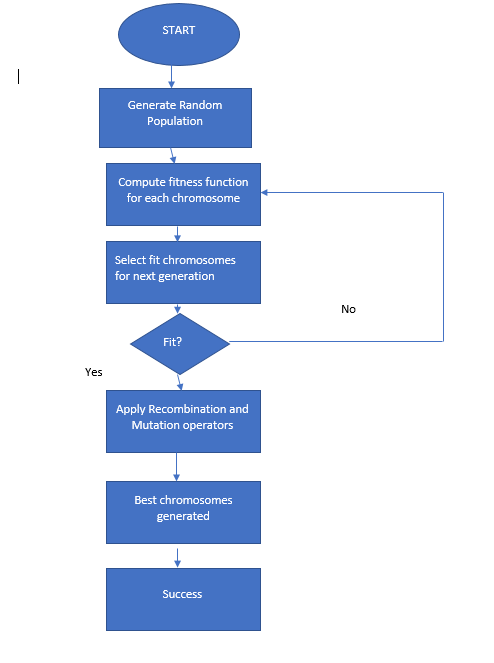

Owing to rapid urbanization and population growth, there is a pressing need for an optimized traffic control system that minimizes delays. The crux of this problem lies in the challenge of harmonizing behavior between traffic signals to achieve the common goal of reduced network delay. The efficient red and green signal times are determined by a known fitness function of a genetic algorithm. The major part in this work is concerned with applying genetic algorithms to find optimized scheduling solutions for efficient traffic flow. Genetic algorithms are introduced in the system to provide an intelligent green interval response based on the vehicular count.
3. Results
The graph denotes the fitness function of the offspring at each
generation. At each iteration of the algorithm ie, the fitness is
calculated and the bar graph is plotted. The bar graph
illustrates the change in the fitness over time. We can see the
fitness being optimized over the course of time.
4. Software Specifications
Implemented with MatLab and Python